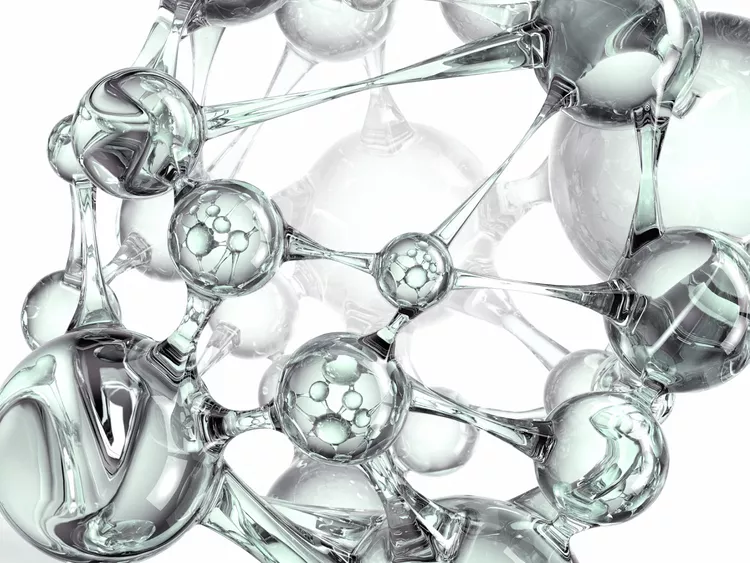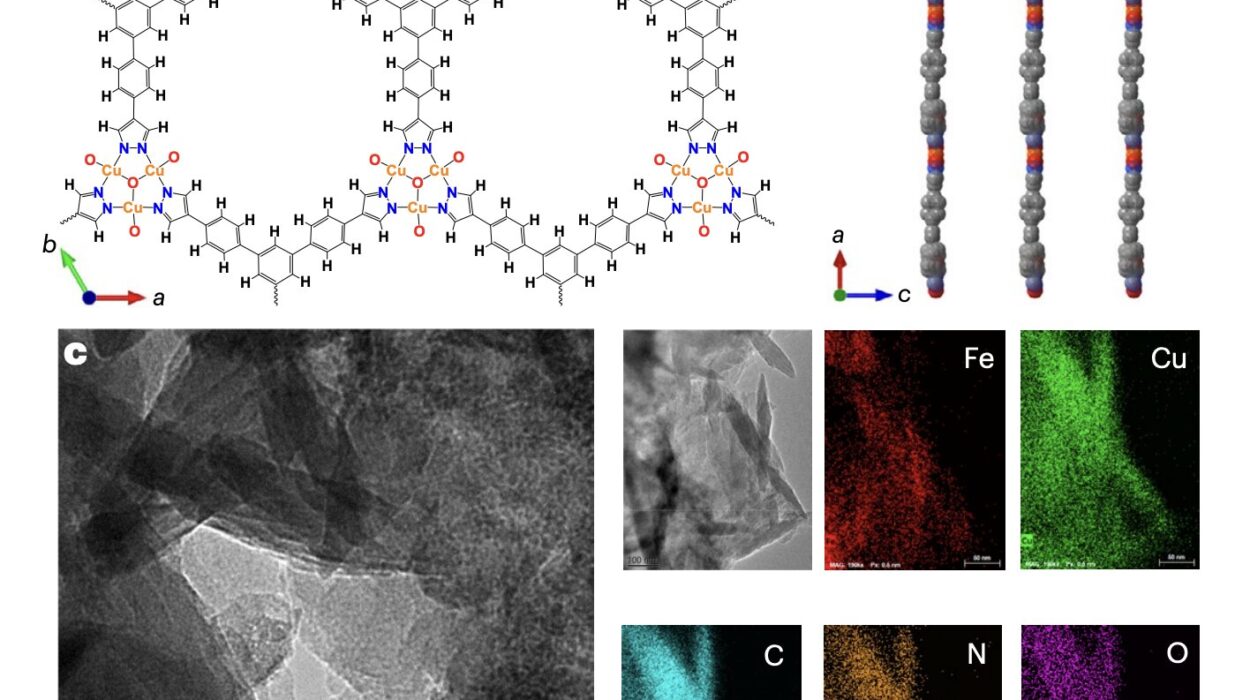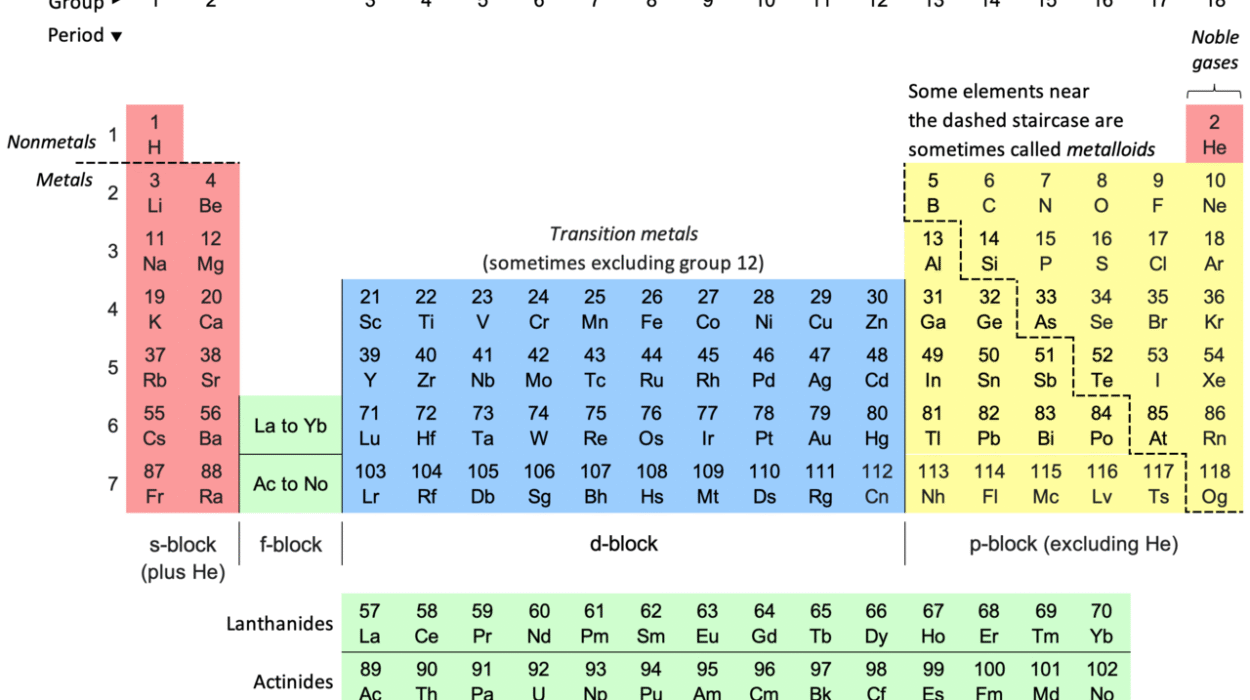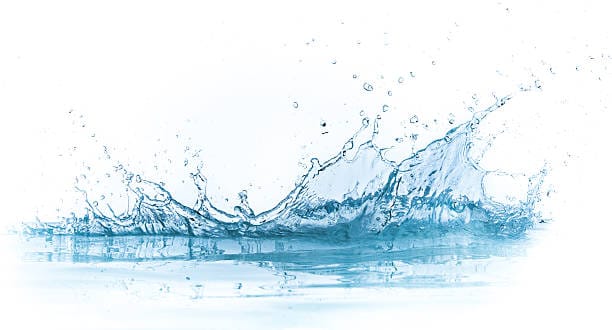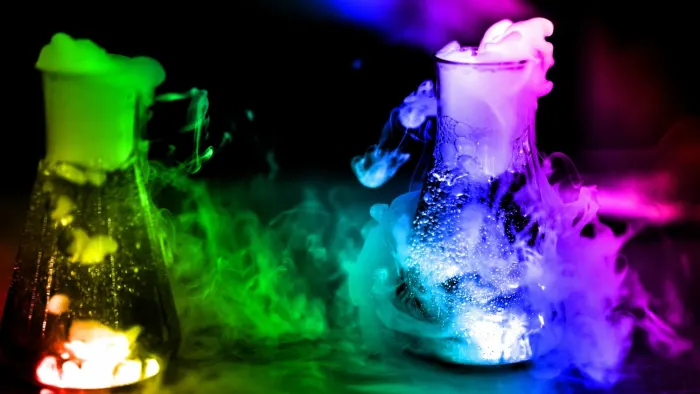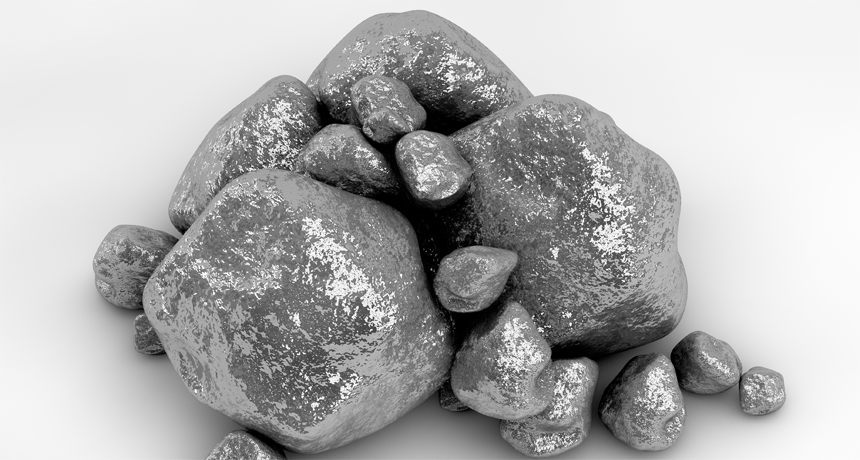Imagine holding a glass of water. It looks ordinary—transparent, tasteless, still. But in that glass lies a hidden world of forces, invisible and yet incredibly powerful, responsible for everything from the water’s surface tension to the very fact that it remains a liquid. Welcome to the fascinating world of intermolecular forces—the often-overlooked interactions that glue the physical world together.
In the realm of chemistry, we tend to focus on atoms and the bonds that form molecules: covalent, ionic, metallic. But what happens between those molecules? How do molecules interact, attract, repel, or stick to each other? These are questions answered not by chemical bonds, but by intermolecular forces.
They’re weaker than chemical bonds, but they’re everywhere—and they explain much of the behavior of solids, liquids, and gases. Whether it’s why water forms droplets, why oil doesn’t mix with vinegar, or how geckos can walk on ceilings, intermolecular forces are behind the scenes, quietly orchestrating the dance of matter.
Let’s delve into this subtle but essential world, blending theory with everyday phenomena, to understand just how deeply these forces affect our lives.
The Basics of Intermolecular Forces
Defining Intermolecular Forces
Intermolecular forces (often abbreviated as IMFs) are forces of attraction or repulsion between neighboring molecules. These forces determine many physical properties such as boiling points, melting points, vapor pressures, and solubilities.
Unlike intramolecular forces (the chemical bonds within a molecule), intermolecular forces operate between molecules. They are not about forming or breaking atoms apart; rather, they manage the relationship and behavior of entire molecular structures.
Think of it like people at a party. The intramolecular forces are like the ties that hold families together, while intermolecular forces are the social dynamics between different families—friendships, tensions, and alliances.
These intermolecular attractions are generally weaker than covalent or ionic bonds but still powerful enough to influence the macroscopic world.
The Big Three (and Two More)
The most common types of intermolecular forces include:
- London Dispersion Forces (Van der Waals Forces)
- Dipole-Dipole Interactions
- Hydrogen Bonds
- Ion-Dipole Forces
- Dipole-Induced Dipole Forces
Each force has its own character and strength, and different molecules exhibit different combinations based on their structure and composition.
Let’s unpack each of these in detail, with examples that bridge theory and the real world.
London Dispersion Forces – The Subtle Giants
What Are London Dispersion Forces?
Also known as induced dipole–induced dipole interactions, London Dispersion Forces (LDFs) are the weakest but most universal of all intermolecular forces. They occur between all molecules, whether they are polar or nonpolar.
These forces arise due to temporary fluctuations in electron distribution within molecules or atoms. At any given moment, an atom or molecule might have an uneven distribution of electrons, creating a temporary dipole. This can induce a dipole in a neighboring molecule, and the two temporary dipoles attract each other.
Real-Life Example: The Liquefaction of Noble Gases
Ever wonder why helium and neon—the most unreactive elements—can be liquefied at extremely low temperatures?
Even though they don’t form traditional bonds, helium atoms do experience London Dispersion Forces. At very low temperatures, these weak forces are enough to condense the gas into a liquid. This principle is used in cryogenics and superconducting magnets, where helium serves as a coolant.
More Examples
- Butter and Wax: Both are nonpolar, yet they’re solid at room temperature due to cumulative London forces between long hydrocarbon chains.
- Plastic Wrap Clinginess: That static stickiness comes from induced dipoles—essentially London forces at work.
Despite their weakness, when large molecules or many atoms are involved, London Dispersion Forces can add up to substantial attractions.
Dipole-Dipole Interactions – Polarity’s Pull
What Are Dipole-Dipole Forces?
In molecules with permanent dipoles (i.e., where electrons are unevenly distributed), the positive end of one molecule is attracted to the negative end of another. This attraction is a dipole-dipole interaction.
These are stronger than London Dispersion Forces and occur only in polar molecules.
Real-Life Example: Perfumes and Fragrances
Fragrances often rely on volatile polar compounds. The reason your perfume diffuses through the air yet clings to your skin is due in part to dipole-dipole interactions. The molecules interact with water and skin oils (both polar) just enough to remain for hours, while also being volatile enough to evaporate and reach your nose.
More Examples
- Acetone (nail polish remover): Its high evaporation rate is due to moderate dipole-dipole interactions, letting it leave the skin quickly.
- Solubility of polar molecules in water: Many drugs and nutrients dissolve well in water due to dipole-dipole compatibility.
Hydrogen Bonding – The Special Force
What Are Hydrogen Bonds?
A hydrogen bond is a special, stronger type of dipole-dipole interaction that occurs when hydrogen is bonded to highly electronegative atoms—typically nitrogen, oxygen, or fluorine (N, O, F). The hydrogen atom, slightly positive, is attracted to a lone pair of electrons on a neighboring electronegative atom.
Hydrogen bonds are crucial in biology, chemistry, and everyday life.
Real-Life Example: Water’s Wonders
The reason water is a liquid at room temperature—while hydrogen sulfide (H₂S), a similar-sized molecule, is a gas—is hydrogen bonding. Water molecules form a network of hydrogen bonds that give it:
- A high boiling point
- Surface tension (why water forms droplets)
- Ice’s lower density compared to liquid water (why ice floats)
More Examples
- DNA Structure: Hydrogen bonds hold the two strands of the DNA double helix together, between base pairs (A–T and G–C).
- Protein Folding: The shapes of enzymes and proteins depend on internal hydrogen bonding.
- Alcohol Solubility: Ethanol dissolves well in water due to hydrogen bonding between OH groups and H₂O.
Hydrogen bonds are among the most biologically important intermolecular forces, underpinning life as we know it.
Ion-Dipole Forces – When Ions Meet Molecules
What Are Ion-Dipole Interactions?
Ion-dipole forces occur between an ion and a polar molecule. These are especially strong because ions have full charges, not partial ones.
This is the primary interaction when salts dissolve in water.
Real-Life Example: Salt in Soup
When you stir table salt (NaCl) into water, the ionic bonds break. Sodium (Na⁺) and chloride (Cl⁻) ions are surrounded by water molecules. The positive Na⁺ ions attract the oxygen side (partial negative) of H₂O, while the Cl⁻ ions attract the hydrogen sides (partial positive).
This process is called hydration, and it makes salt not only dissolve but distribute evenly in your soup.
More Examples
- Electrolytes in Sports Drinks: These ions (e.g., potassium, sodium, magnesium) rely on ion-dipole interactions to stay dissolved and travel through your bloodstream.
- Acid-Base Reactions in Water: These rely on H⁺ and OH⁻ ions interacting with water molecules.
Dipole-Induced Dipole Forces – The Persuasion Effect
What Are Dipole-Induced Dipole Forces?
These occur when a polar molecule induces a temporary dipole in a nonpolar molecule. It’s a weaker force, but still important in many cases.
Real-Life Example: Oxygen Transport in Blood
Oxygen (O₂) is nonpolar, yet it dissolves in blood, which is largely water (polar). This happens in part due to dipole-induced dipole interactions between O₂ and water molecules, enabling life-sustaining oxygen transport.
Why These Forces Matter – Real-World Impact
Surface Tension and Capillary Action
Ever noticed how water “climbs” up a paper towel or moves through a plant stem?
Capillary action is the result of cohesive forces (between water molecules) and adhesive forces (between water and the solid). Both rely on intermolecular forces, especially hydrogen bonding.
Cooking and Chemistry
The emulsification of oil and vinegar in a salad dressing uses molecules (like lecithin) that bridge polar and nonpolar substances. This only works because of intermolecular attraction on both sides.
Pharmaceuticals
Drug molecules must be able to dissolve, interact with proteins, and cross membranes. Every one of these actions depends on intermolecular forces—from binding with enzymes to slipping through lipid bilayers.
Temperature, Pressure, and States of Matter
The strength and type of intermolecular forces determine the melting and boiling points of substances. Stronger forces = higher boiling point.
- Methane (CH₄) boils at –161°C (weak London forces)
- Water (H₂O) boils at 100°C (strong hydrogen bonding)
Phase changes—solid to liquid to gas—are battles between kinetic energy and intermolecular forces. Boiling is not about breaking chemical bonds, but about overcoming these attractions between molecules.
Intermolecular Forces and Technology
Adhesives and Glues
Ever used superglue? Its sticking power comes from the formation of hydrogen bonds and van der Waals forces with surfaces. Tape, epoxy, and even Velcro all exploit molecular attractions.
Nanotechnology
In nanoscale systems, surface interactions dominate over gravity. Engineers must design around London forces, hydrophobic interactions, and more, to manipulate matter at the atomic level.
Liquid Crystals
Your smartphone screen uses liquid crystals—materials whose molecular alignment (controlled by intermolecular forces) affects their optical properties. Manipulating IMFs allows engineers to turn pixels on and off.
The Bigger Picture – From Molecules to Life
Without intermolecular forces, there would be no:
- Liquids or solids—just gases flying apart
- Biological structures like DNA, proteins, or cell membranes
- Weather—no clouds, raindrops, or snowflakes
- Living organisms, which rely on delicate interactions to maintain function
Even emotions have a chemical basis. The neurotransmitters that affect mood and cognition rely on hydrogen bonding and receptor-ligand interactions—all governed by intermolecular forces.
Conclusion: The Invisible Threads That Bind
Intermolecular forces may be subtle, but they shape the world around us. From the DNA in your cells to the dew on the morning grass, from the function of pharmaceuticals to the texture of chocolate, these unseen attractions govern the behavior of matter at every scale.
They are the quiet force behind the ordinary, the invisible architects of the physical world. Understanding them opens a window not just into science, but into the very nature of what it means to interact, to connect, and to hold together—molecule by molecule.
